


|
Antakya Mount Habib Neccar and the city walls which climb the hillsides symbolise Antakya, making the city a formidable fortress built on a series of hills running north-east to south-west. Antakya was originally centred on the east bank of the river. Since the 19th century, the city has expanded with new neighbourhoods built on the plains across the river to the south-west, and four bridges connect the old and new cities. Many of the buildings of the last two decades are styled as concrete blocks, and Antakya has lost much of its classic beauty.[citation needed] The narrow streets of the old city can become clogged with traffic.Although the port of has become the largest city in Hatay, Antakya is a provincial capital still of considerable importance as the centre of a large district. The draining of Lake Amik and development of land has caused the region's economy to grow in wealth and productivity. The town is a lively shopping and business centre with many restaurants, cinemas and other amenities. This district is centred on a large park opposite the governor's building and the central avenue Kurtuluš Caddesi. The tea gardens, cafes and restaurants in the neighbourhood of Harbiye are popular destinations, particularly for the variety of in the restaurants. The River can be malodorous when water is low in summer. Rather than formal nightlife, in the summer heat, people will stay outside until late in the night to walk with their families and friends, and munch on snacks. Its location near the Syrian border makes Antakya more cosmopolitan than many cities in Turkey. It did not attract the mass immigration of people from eastern Anatolia in the 1980s and 1990s that radically swelled the populations of Mediterranean cities such as Adana and Mersin. Both Turkish and Arabic are still widely spoken in Antakya, although written Arabic is rarely used. A mixed community of faiths and denominations co-exist peacefully here. Although almost all the inhabitants are Muslim, a substantial proportion adhere to the Alevi and the Arab Nusayri traditions, in 'Harbiye' there is a place to honour the Nusayri saint Hizir. Numerous tombs of Muslim saints, both Sunni and Alevi, are located throughout the city. Several small Christian communities are active in the city, with the largest church being St Peter and St Paul on Hurriyet Caddesi. With its long history of spiritual and religious movements, Antakya is a place of pilgrimage for Christians. It has a reputation in Turkey as a place for spells, fortune telling, miracles and spirits.Local crafts include a soap scented with the oil of bay tree. |

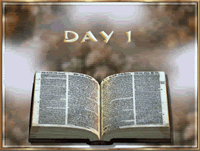 |
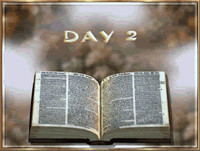 |
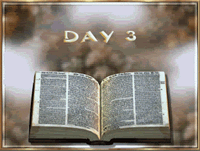 |
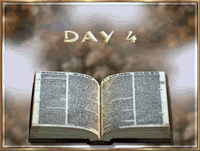 |
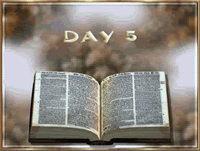 |
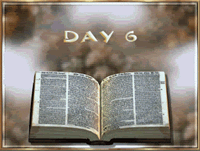 |
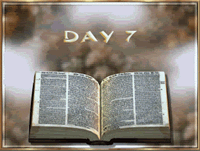 |
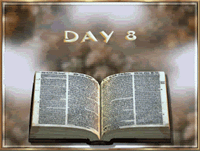 |
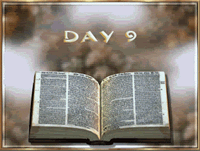 |
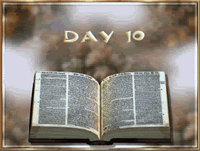 |
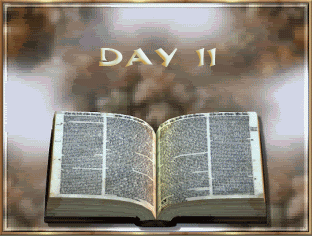 |
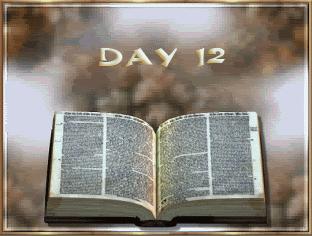 |
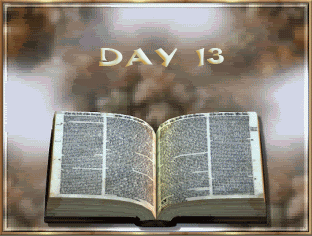 |
| Home | Guestbook | Contacts |
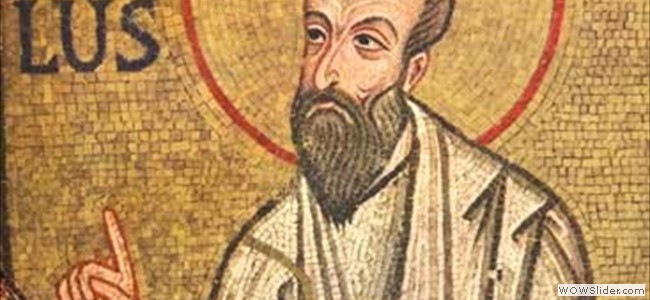
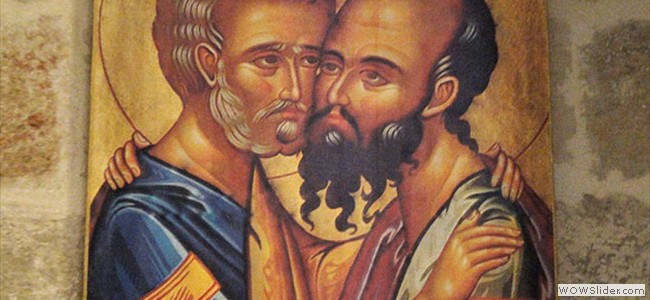
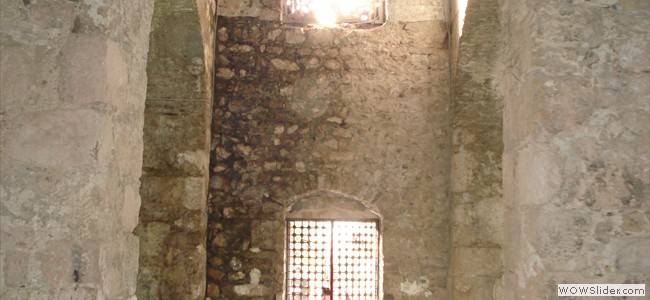
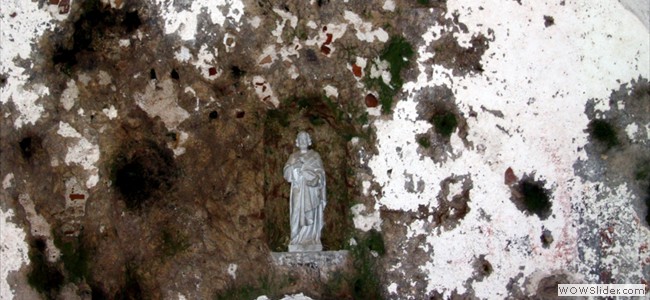
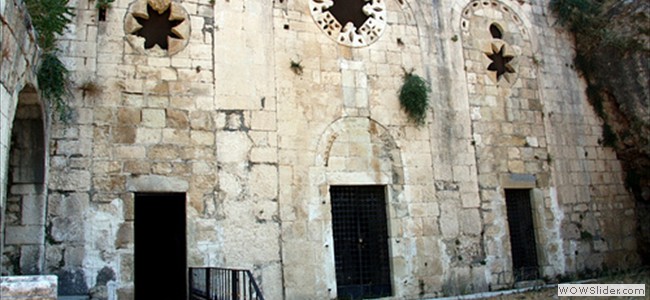
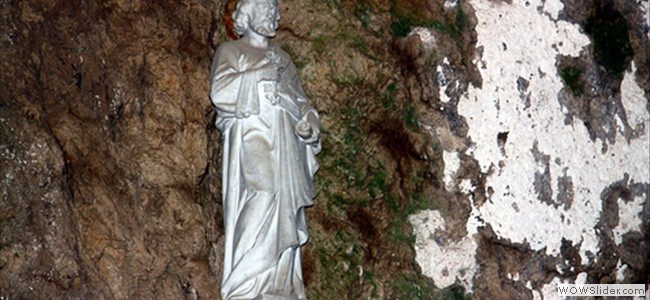
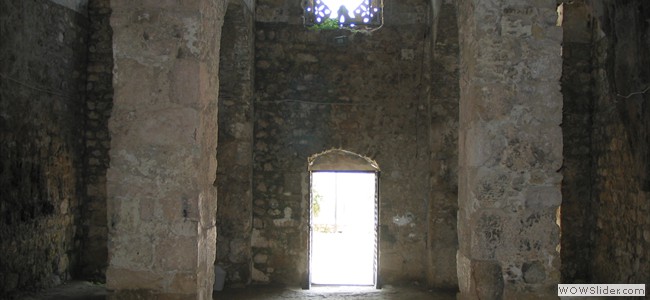
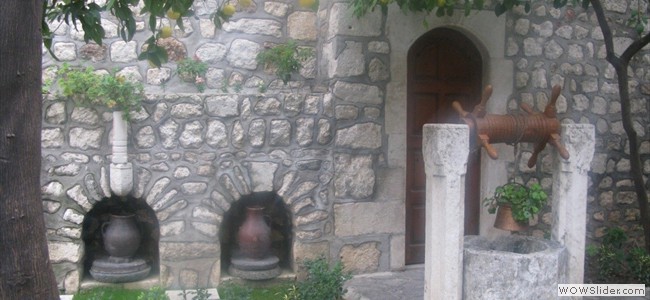
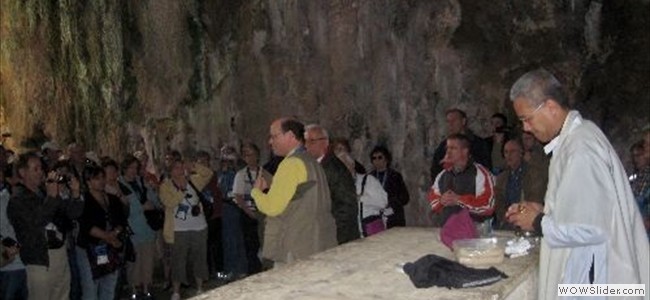
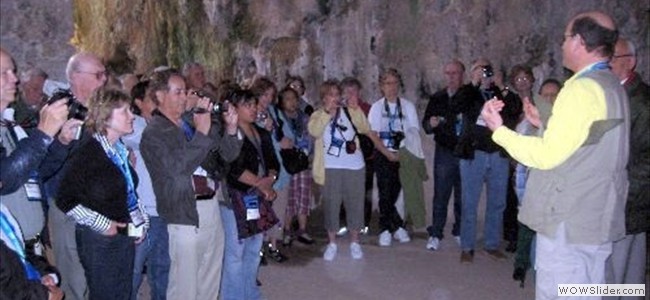
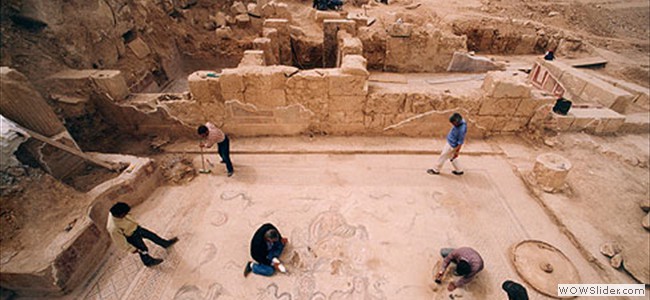
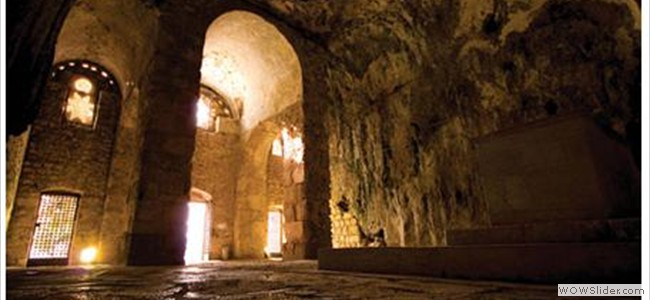
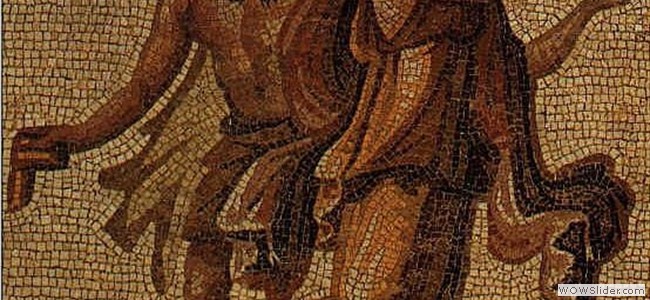
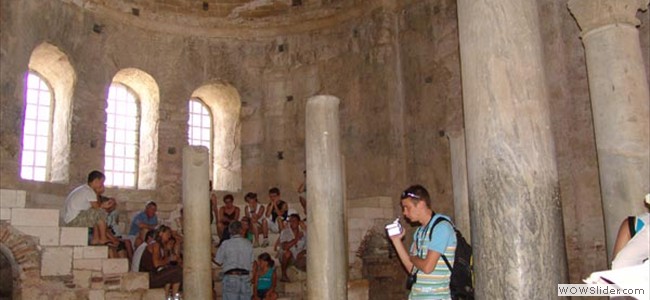
 1
1 2
2 3
3 4
4 5
5 6
6 7
7 8
8 9
9 10
10 11
11 12
12 13
13 14
14